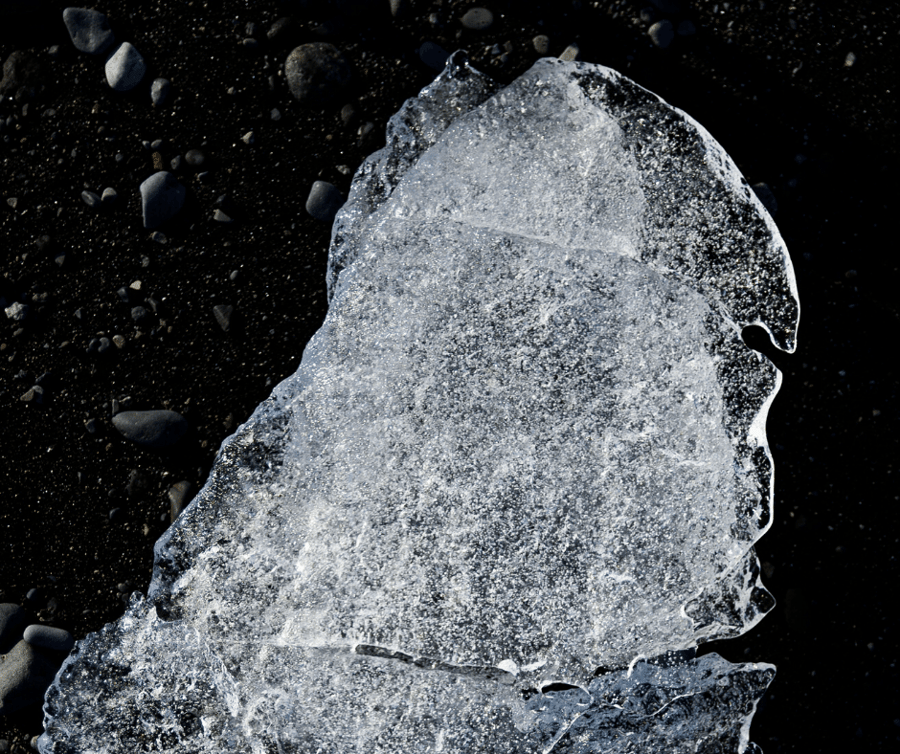Smart Recoil: The Science and Dynamics Behind Ice Formation

It's cool how ice is formed, but it's even cooler how to prevent it. Learning about smart recoil and the science and dynamics behind ice formation is informative and interesting, and knowing the reason "why" behind it, can absolutely equip you in preventing it in places where you may not think it's so "cool"- like your freezer.
The Science Behind Ice Creation
Water can stay either a liquid, become a gas through vaporization, or ice when it freezes. No matter what state it's in, water is always two hydrogen atoms and one oxygen atom. If the molecule always remains the same, why is there a difference in its states? In ice formation, water bonds tightly together and takes the form of its container. The colder the water, the closer the molecules pack together to make ice. That's not by chance; it's the First Law of Thermodynamics which states that energy cannot be created or destroyed. That's why water is water- no matter if it is at room temperature, boiled and evaporated, or frozen to create ice.
Taking it a bit further: the Second Law of Thermodynamics states that if you put that ice into a pan of boiling water, the heat of that boiling water seeps into that ice and begins to melt it without changing any properties of the water itself. Warmer always moves to cooler. That's the way it works, never the other way around. That work is the gist of the Third Law of Thermodynamics. In other words, it takes the work of boiling the water for the molecules to infiltrate the ice.
So if you're getting ice build-up in your freezer, somewhere, there's warmth or humidity getting inside.
How Ice Builds Up In Freezers
Stick your finger in a glass of club soda. See all the different sizes in bubbles that cling to it? Your finger's surface has oil, salt, lots of different substances for the bubbles to adhere to. That's a process called nucleation. If you look in your freezer and see water droplets, that's the beginning of nucleation. It always precedes ice crystal formation. When those crystals start aligning, or bunching up together, you get ice build-up.
What causes it? There's many possible reasons. If your freezer's gaskets aren't fitting tightly, if you have clogged lines, or your freezer's defrost timer's not working, these can all cause ice formation. Look at your freezer evaporator coils. If they're overly icy, it may be due to pressure issues that need a professional fix. Or it could be your evaporator coil and fan relay that's the problem. Luckily, retrofitting your evaporator coil is a great way to make a big difference in both ice formation, and energy savings.
The Ice Formation Issue
The problem with ice formation is twofold. First, repairs are costly. Especially if your compressor's on the fritz. Second, food loss is costly; not to mention that bacteria formation due to warm food can be deadly.
But there's also a tangential issue: your utility bill. One clue that your freezer's compressor is working overtime are high utility bills. It takes a lot of energy to cool a freezer down that's not working right. Lastly, you also need to look at the human component to keep ice from forming in the first place.
How to Prevent Ice From Forming
The physics of ice prevention is the easy part. The human side? Not so much. The more the freezer is opened, the worse the frost and ice. Same with a walk-in cooler. You walk in. You walk out. You keep the door propped open if you are putting in or taking out several trips of food. Warmer air meeting colder air causes humidity inside your freezer and that takes extra energy to remove it from the air inside your walk-in.
In the meantime, water droplets begin to form. As the freezer cools down again you get ice. So limit how many times that door opens in a day whether by access or by schedule.
A Look into the Future of Ice Prevention
Back in 2010, scientists experimented with cold water droplets hitting cold, specially-engineered, nano-structured surfaces. They found that the water did not freeze on contact, but bounced off the surface instead. Fast forward to January 2020, material scientists have taken that research and have developed a hydrogel coating that prevents ice formation to -23.8 degrees Fahrenheit (-31 degrees Celsius). It works on plastics, metals and ceramics through varying conditions. Right now the testing has been in labs and outdoors. In the meantime, the answer may lie in your evaporator coil.
What the Right Evaporator Coil Can Do
The older coolers and freezers use defrost timers to keep the frost and ice at bay. What if you have an evaporator coil that's smart enough to defrost only when you need it to? What if that coil could be retrofitted in your existing unit? What if you could monitor your freezer from your phone and get help if and when it goes down? You can; and meeting with our Chill Team is the best way to learn how it can be done in your unit. Now that's cool.




